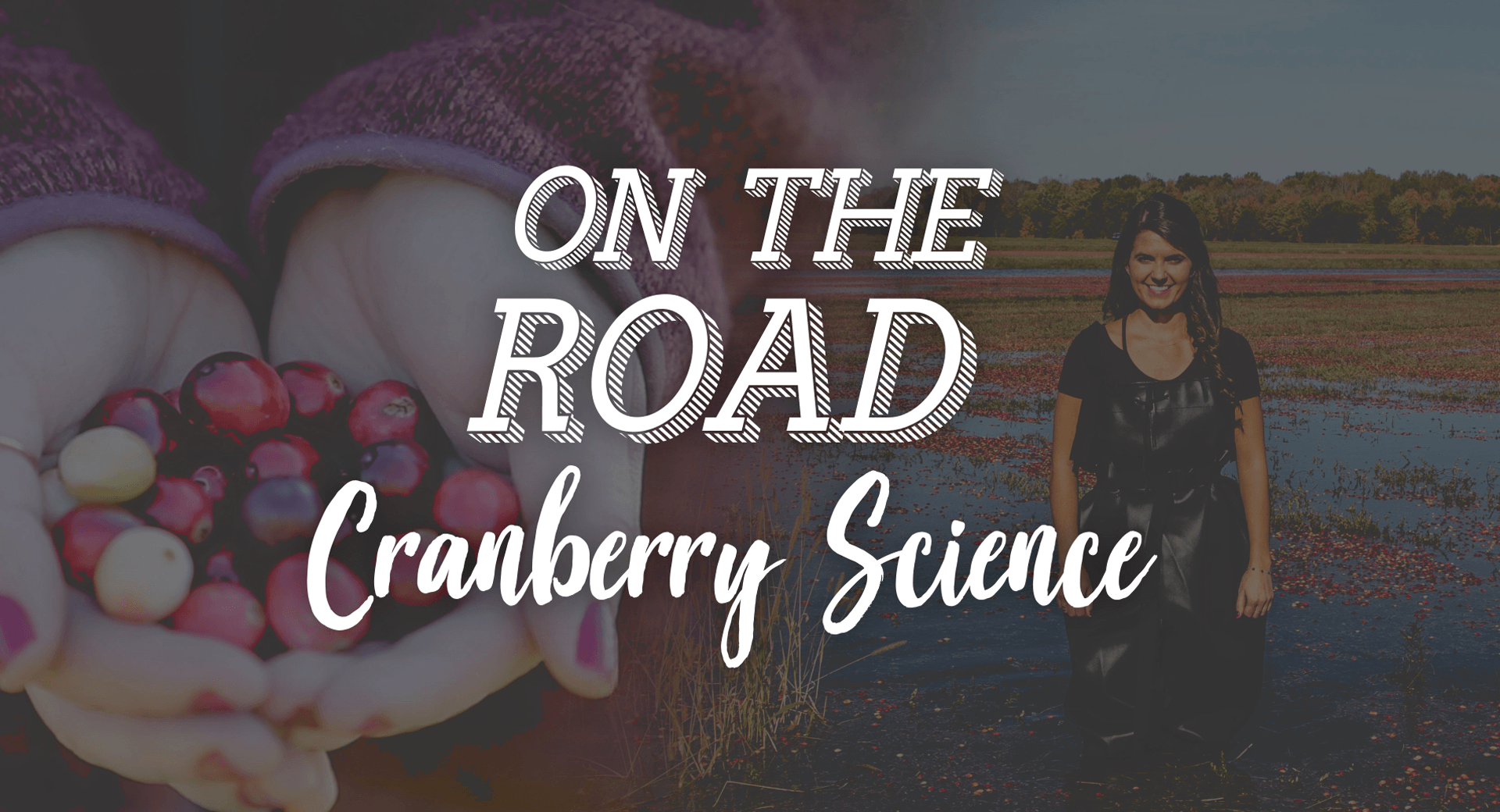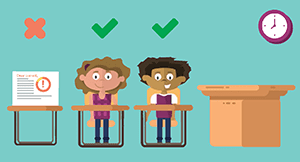On the Road with Lauren: Cranberry Science and a Splash of Red
BY Lauren Gilchrist
The sun blazed, warming the October morning air. It glinted off the still waters of the cranberry bog, where more than fifty visitors were gathered around several high school students to learn about the harvesting process.
This was the scene at the Gardner family marsh—our first stop on the Splash of Red Cranberry Tour, led by Pittsville High School juniors and seniors.
Before you read on, check out the video!
The Community
Pittsville, Wisconsin, is located in the heart of cranberry country. The city is nestled in Wood County, which contains the largest acreage of bogs in Wisconsin—and the state produces 3/5 of America’s cranberries! Needless to say, this tiny, tart fruit plays a vital role in the community.That’s why it’s so special and fitting that the district offers the nation’s only cranberry science course, incorporating such a defining part of its community into the curriculum. The school has been offering courses in cranberry science for 20 years.
“To get the kids to understand how big of an impact this one particular commodity has not only on our county, but our entire nation and the world, is pretty eye-opening for them.”
-Lindsay Meissner, cranberry science teacher
The Class
Students enrolled in cranberry science spend the first several weeks taking a crash course in cranberries. They learn about growing, harvesting, and processing the berries—preparing to be subject experts come tour time. On my particular tour, no one stumped a student; every question was met with a thorough answer.“The most important part of the class, I think, is knowing where you’re from and what your community is all about.”
-Cade Weidman, Pittsville High School senior
Once tour season begins, students become guides on the Splash of Red tours two or three days a week. Tours begin at the district’s administration office, where guests from around the world check in. My particular tour included visitors from Tennessee, but guests have come from as far as Russia and Australia.
After the students give a brief introduction, everyone boards a bus. The student guides narrate the trip to the cranberry bog, giving the history of cranberries in the area and posing trivia questions for their guests.
The first stop is a cranberry marsh, where guests see the harvest in process. Next the bus heads to a receiving station, where the group watches as the berries are dumped. The third stop is the facility where binning, freezing, and lab processing take place. This location includes a frigid walk into the -7-degree freezer. The frozen cranberries are processed into juice or sweetened, dried cranberries.
When the tour wraps up, the group heads back to the administration office where they enjoy a lunch prepared by a local grocery store and students enrolled in the high school’s local foods class (Wisconsin cheese soup, a pulled pork sandwich with cranberry horseradish, and vanilla ice cream with a cranberry topping).
-Lindsay Meissner
The Benefits
Students in this course not only get to learn about something that makes their community unique, but they also experience significant growth in public speaking and interacting with people of other generations in a public setting. I couldn’t help but take note of how comfortable the students seemed as they taught people who were two and three times their age. Talking to their instructor, Lindsay Meisner, after the tour, I learned this is not the case from the start.“I tell the kids, this is a very intense class, and you’re going to be having to speak to the public at a level that you probably haven’t up until this point in your life,” she said. She went on to describe her favorite part of the class: seeing the students grow and become more comfortable in their roles. “They get so used to always being with their peers during the school day . . . Prepping them for this real world that they’re going to enter into in the next nine months of their lives is really a growth that I enjoy seeing in each one of them.”
Reflecting on his first couple months in the course, student Cade Weidman recognized this growth in himself. “I’ve really grown to love talking to people and meeting people from different parts of the country and even other countries,” he said. “I think it’s a great experience to learn a little bit more about the world.”
Follow-Up Resource: On the Road: Chickens, Crops, and Community
Want to check out another school district tying its curriculum to the community? Get inspired by New Holstein!WHAT'S NEXT FOR YOUR EDTECH? The right combo of tools & support retains staff and serves students better. We'd love to help. Visit skyward.com/get-started to learn more.

|
Lauren Gilchrist Blogger, Traveler, and Video Talent |
Lauren enjoys visiting school districts and spreading the word about creative, non-traditional approaches to universal challenges. Follow her for on-the-scene education journalism (with a little fun sprinkled in).




